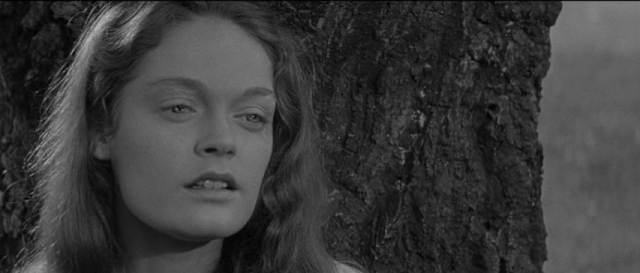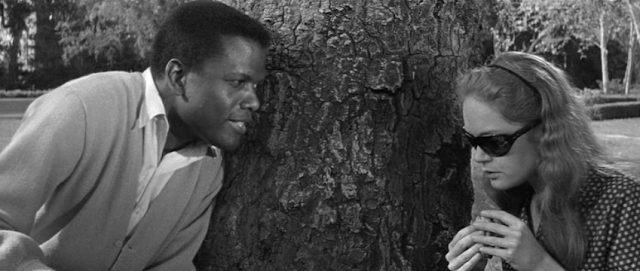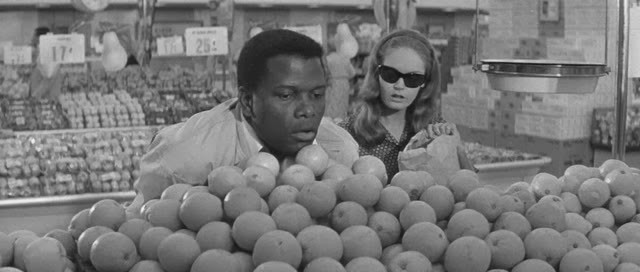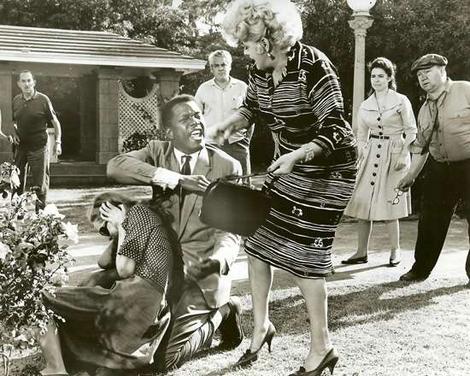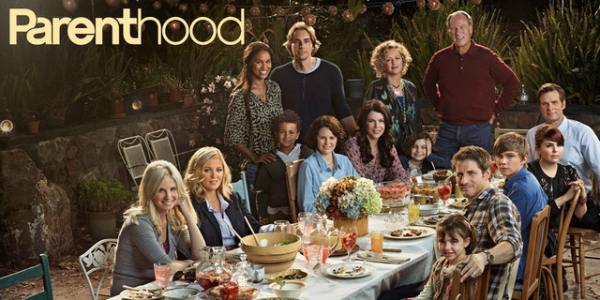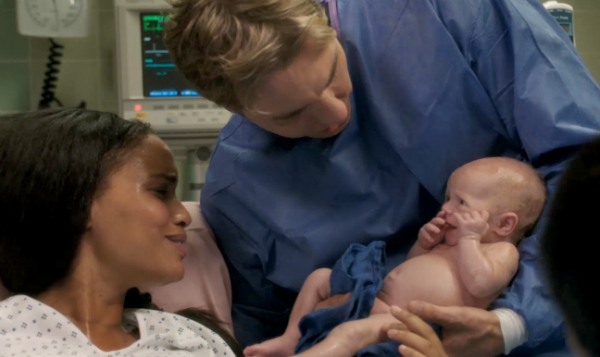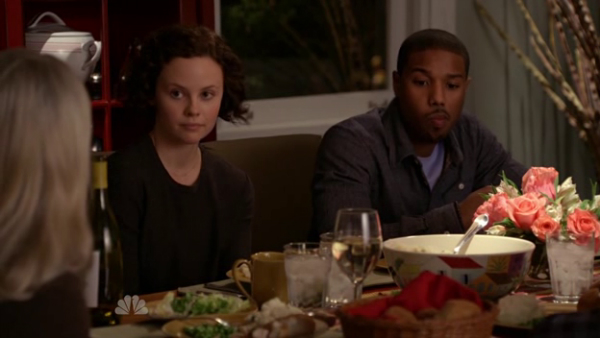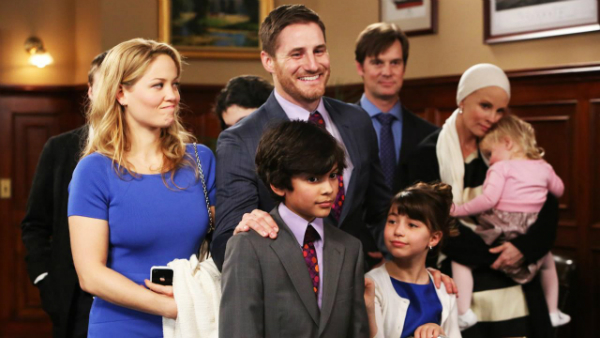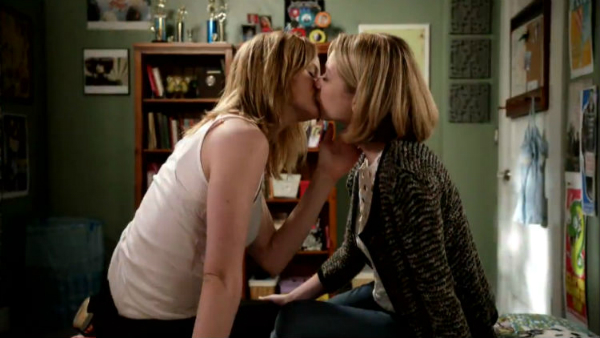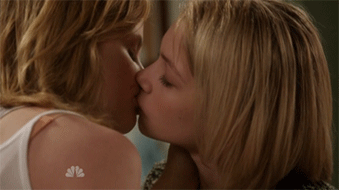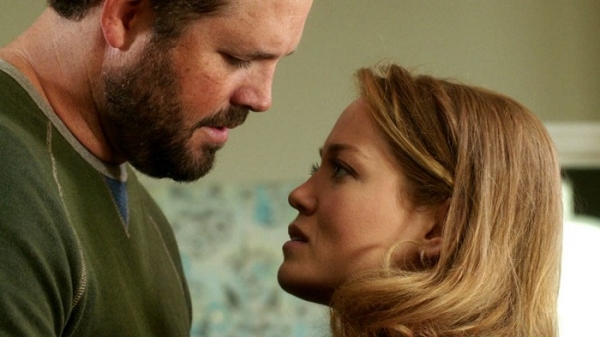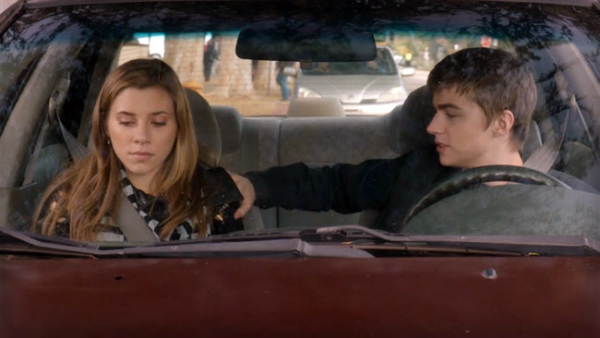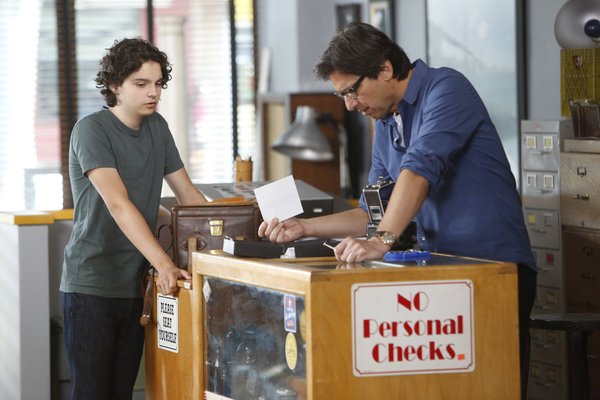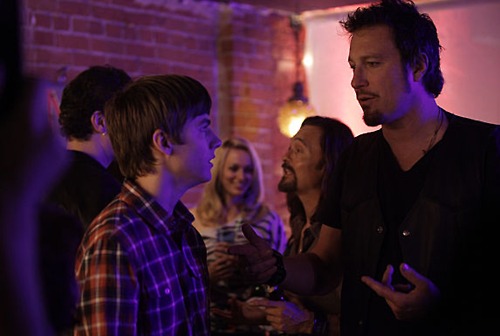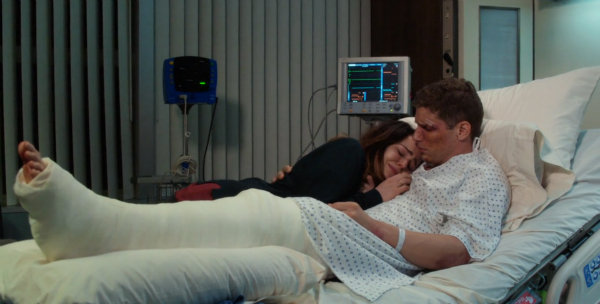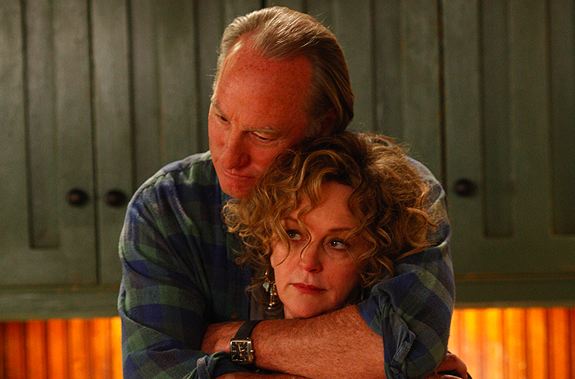Interracial Relationships in Star Wars: The Force Awakens: The Importance of Finn & Rey by Sophie Hall
To have a Black character like this to not only be the co-lead in an iconic franchise but to also include him in a healthy, positively portrayed relationship with a white woman is a brilliant statement. … Finn and Rey’s difference in race doesn’t put any limitations on what this couple can and do achieve.
Interracial Relationships on Grey’s Anatomy by Cheyenne Matthews-Hoffman
While Grey’s Anatomy has a very large multiracial cast that leads to some impressive representation, its reluctance to discuss race doesn’t give it the opportunity to further explore intricacies of interracial relationships.
Brooklyn Nine-Nine Is Doing Something Right: How One Workplace Sitcom Shows That Interracial Relationships Can Be the Norm by Laura Power
But because the people coming into any workplace in New York City are already diverse in terms of race and sexual orientation, why would a cross-race relationship be bothersome? Brooklyn Nine-Nine doesn’t believe it should be. From the first episode, this show presents interracial relationships as an unquestioned norm, and this is what makes it stand out from all other shows of its kind on television.
No Place For Us: Interracial Relationships in West Side Story by Olivia Edmunds-Diez
West Side Story could be read as a warning to Latinas: stay away from white men. If María listened to her older brother, obeying his wish to keep her obedient and virginal, María would be safe and free from grief. This notion is exceedingly disappointing, especially considering that there are not many Latina main characters in Hollywood movies.
Pinky and the Origins of Interracial Oscar-Bait by Hannah Graves
Pinky is best understood at the starting point for a new Hollywood trajectory for interracial relationships onscreen: the worthy Oscar-bait drama that claims to enlighten as it entertains and serves as a conduit for fostering tolerance in the presumed white audience.
Interracial Love in the Afternoon: Daytime Soap Opera Relationships by Rachel Wortherley
It is glaring that amongst soap opera supercouples, there are few pairings with people of color, especially interracial couples. … In 2016, interracial couples only scratch the surface of storylines on daytime television.
Colonialism in The King and I and Related Media by Jackson Adler
The King and I promotes colonialist and “white savior” attitudes. … Adding romantic interest to the story, showing King Mongkut as exceedingly admiring of Anna and portraying her influence in the court as more than it was, paints Western values and morals as superior to others, justifying colonialism by making it seem as though Eastern countries “need” the West.
Negotiating Race as the Female Indian Love Interest in Bend It Like Beckham and The Darjeeling Limited by Allie Gemmill
Both Bend It Like Beckham and The Darjeeling Limited examine Indian women and their romances with white men. Within the interracial relationships explored in these respective films, both Jess and Rita… are burdened with navigating deeply impressed racial boundaries as they move through a modern society.
Jackie Brown: The Journey of Self-Discovery by Rachel Wortherley
By not blatantly focusing on the racial disparity between Jackie and Max, it speaks volumes in regards to who the film is about. … It is silently implied that as a Black woman, she divorces her identity from the men in her life — including a man who, as a white male maintains a sense of privilege in society — and reclaims it for her own.
Blindness, Race, and Love in A Patch of Blue by Leigh Kolb
Fifty years later, portraying disability on screen with empathy and respect is still rare. Showing an interracial couple is also extremely rare (Green says that some people sent terrible letters to him about the kissing scene; in fact, it’s reported that in some areas in the south the scene was edited out for theaters). A Patch of Blue manages to weave together themes of disability, race, socioeconomic issues and family dynamics with beauty and grace.
‘We’re Not So Different’: Tradition, Culture, and Falling in Love in Bride & Prejudice by Becky Kukla
Though clearly based on the novel, Bride & Prejudice is a successful piece of transnational cinema, which uses the interracial relationship between the Bakshi’s second eldest daughter Lalita and white American Mark Darcy to discuss differences in race, tradition, and cultural imperialism.
Endearing Interracial Romance in Flirting by Grace Barber-Plentie
It’s a true rarity to see an interracial relationship that doesn’t have at least some element of suffering in it. In Flirting, on the other hand, most of the difficulties in Danny and Thandiwe’s relationship seems to come from the relationship itself, not the color of the star-crossed lovers’ skin.
On Indie Rom-Coms, The Duvernay Test, and Already Tomorrow in Hong Kong by Candice Frederick
It was Viola Davis who commented about the lack of substantial roles as love interests for women of color on the big screen. … We see that familiar and very white narrative unfold between an interracial pair in Already Tomorrow in Hong Kong, except this time it’s infused with cultural nuances that, while they don’t reinvent the wheel, offer a fresh perspective.
Colorism and Interracial Relationships in Film: ‘Belle,’ ‘The Wedding,’ and More by Atima Omara
The colorism Dido experiences is seen throughout different Western societies that had Black African enslavement as part of its world. Many stories of colorism also exist in American history and folklore and we see how it impacts romantic relationships and in American film and TV.
Into the Badlands: Will Blasian Love Last? by Lisa Bolekaja
Into the Badlands, based on the classic Chinese tale Journey to the West, is set in a futuristic dystopian world where past wars have created a new feudal society. It’s gratifying to finally get an onscreen Blasian couple where they kiss, have sex, and get to have a real relationship.
What Parenthood Taught Me About Interracial Relationships by Livi Burke
I remember watching the scene in the episode “The Talk” where Crosby and Jabbar have their first conversation about the N-word. Crosby looked so caught off guard; he knows this is a racist word he’s not supposed to say, yet at the same he has no idea how to talk about this racial slur and its ramifications with his half Black son.
Animated Love: How Anime Produced Two of the Best Interracial Love Stories of All Time by Robert V Aldrich
Two of the greatest love stories in anime are interracial relationships. … While the industry as a whole generally eschews characters of color, that hasn’t stopped some series from featuring prominent people of color characters in narratively significant stories. This has led to interracial couples being featured in two of the greatest anime series of all time: The Super Dimension Force Macross and Revolutionary Girl Utena.



